
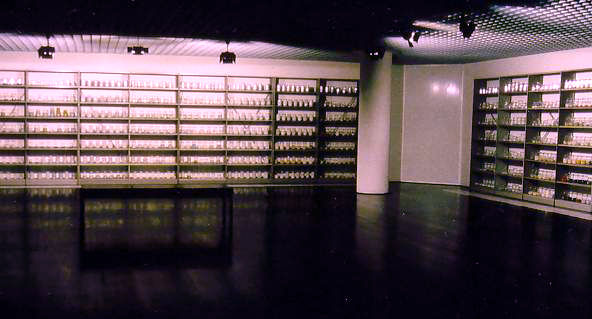
Installation in the Institute for Art History, Groningen (Holland) 1989
Installatie in het Instituut voor Kunstgeschiedenis, Groningen 1989
I took 1000 of my drawings and prints, put them with water in a blender and transformed them into pulp. Then I put each of them into a glass jar. These were shown on shelves at an exhibition called "1000 destroyed drawings" in the Institue fot Art History in Groningen, Holland.
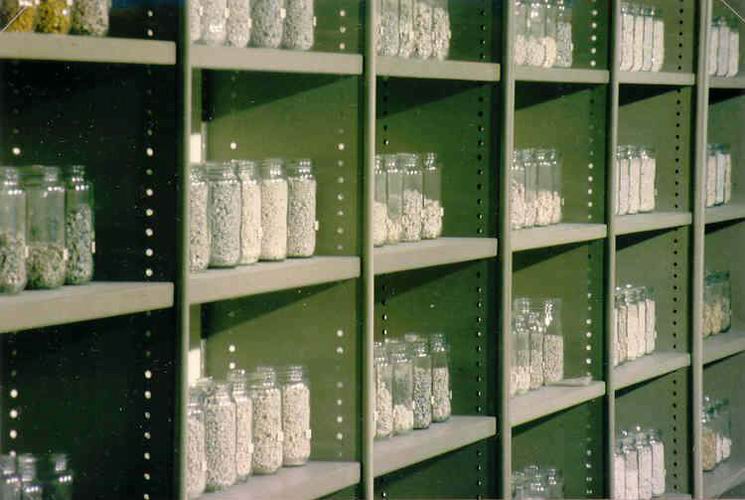
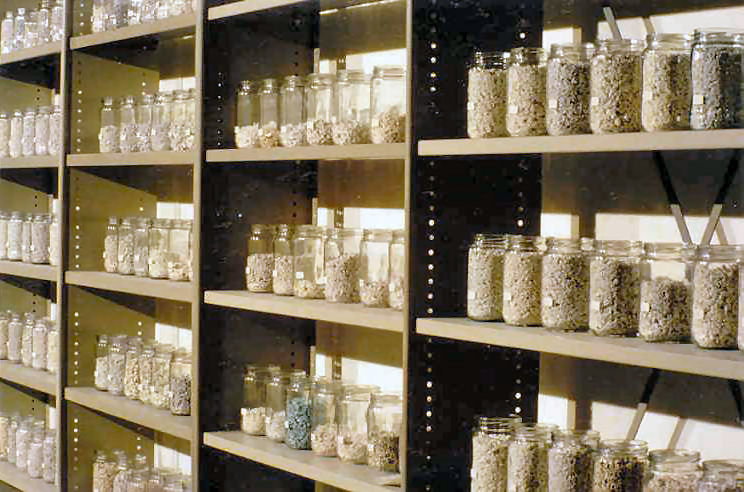
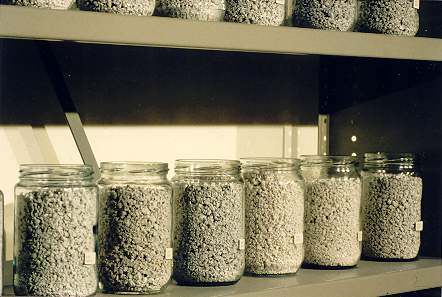
Go to the complete catalogue of destroyed drawings
Klik hier voor de complete catalogus van gemalen tekeningen
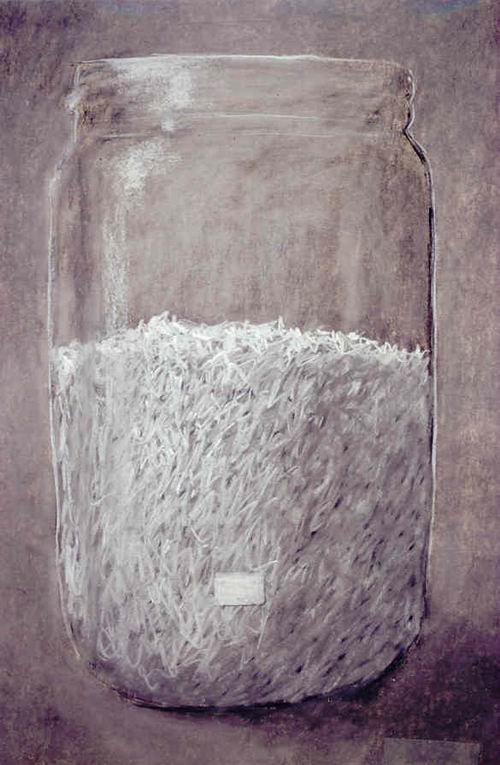
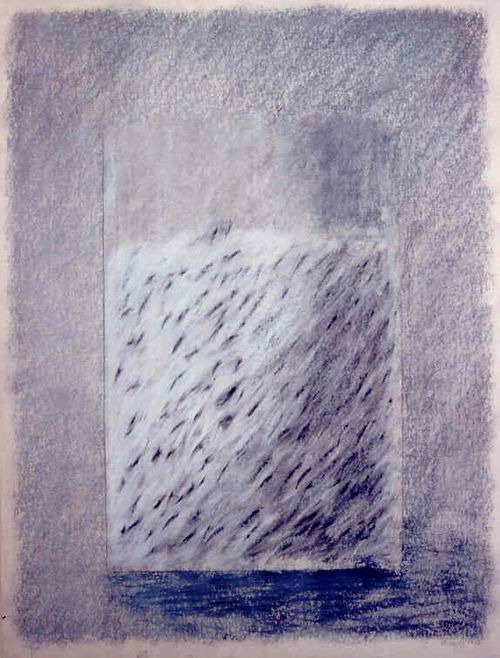
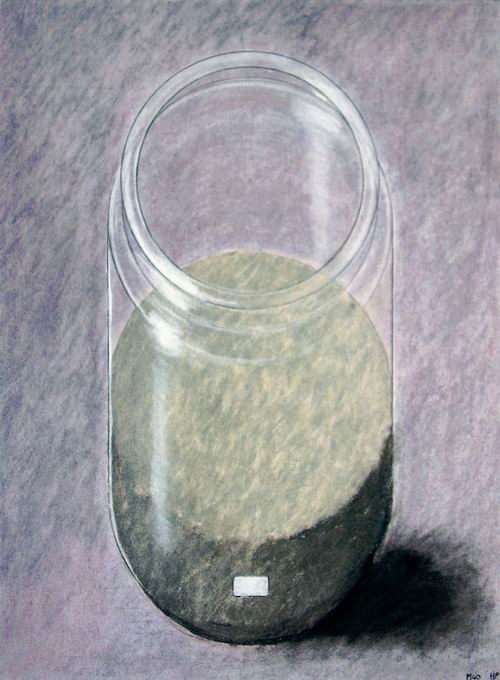
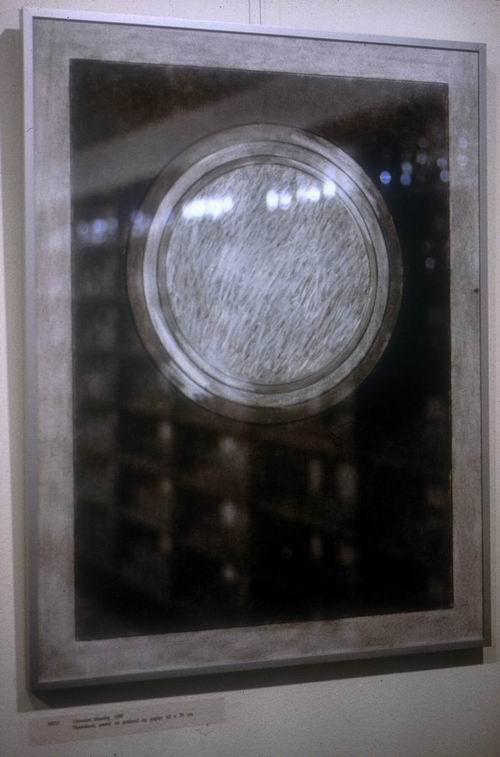
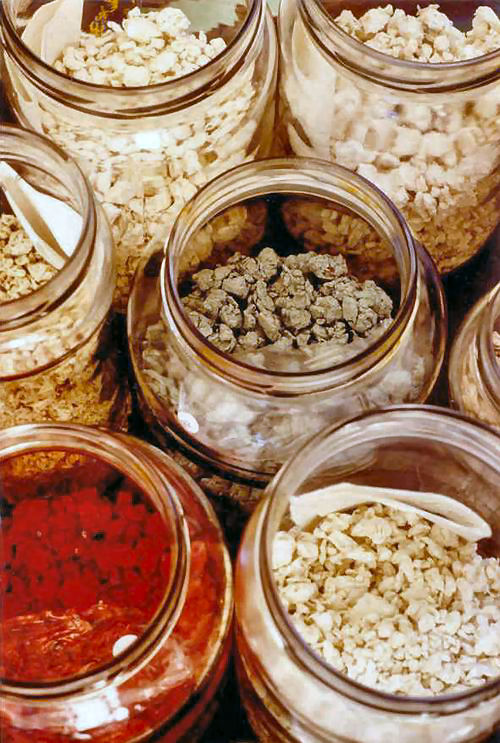
'It is very important that it is raw material. It started when I was trying to make my own paper for the first time, in the kitchen. I used an almost thirty years old mixer, that my mother once bought at the door from a young man. I had used it before to make ink from oak-galls, fallen in november. I mixed newspapers with water and made pulp out of it, but did not manage to make any paper. Feeling the raw, wet material, I realized that I liked it. I had used warm water, and the material felt and looked like shit, and was in fact made in a comparable way. I remembered how I played with my own shit and made signs with it on the wall when I was three years old. I loved to do something with it, but I absolutely did not want to make anything out of it, no paper, nor any other object. That all seemed meaningless to me. It was the material itself I liked, as I liked to play with hay in july, turning it around everyday, slowly drying it, making heaps and breaking them down again.
When I had mixed the newspapers, I felt that everything was still there: the paper, the ink, and all the letters with all the information they formed. Only the information was made invisible, but still I could imagine it was there, and the pulp became an image of information in general.
I dried the pulp, and put it in jam-jars, and after that I did a lot of proofs with different materials to try out the method: advertising leaflets, railway guides, notebooks, paper packings, cardboard boxes, and so on. I made a series of slides of the process of transforming the postcodebook of the Netherlands: making the book wet, torning the pages out, putting them into the mixer, turning the mixer on, and off again, putting the pulp in a spin-drier, scraping the pulp out of the spin-drier, laying the pulp on the ground to dry it.
The process itself should be like that, a little banal, as a simple operation in the kitchen. I think it should have nothing of the Sublime, it should not happen with fire, but with water, the material should dry in the air, being itself like earth.
After the first proofs I started to make presents of it. Somebody who was busy with Romantic art I gave mixed articles on Romantic Art. And then I realized all the meanings that this form of art had. Important is that I make something by destroying something. Important is too that all the material is kept, but all the non-material is broken. Everything that made the non-material visible is still there, while all the information, all the ideas, stories, theories, photographs, have disappeared. But still there is enough material to make it possible to realize what has been.'
More about my deconstructivist activities
Go to the complete catalogue of destroyed drawings
Klik hier voor de complete catalogus van gemalen tekeningen


